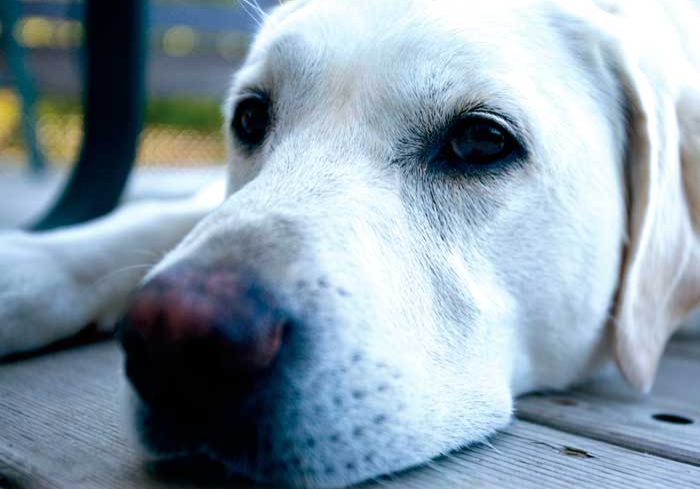
Dog Master – George Barrett
by Craven and Valley Life
Since I wrote an earlier article, some readers have felt that I do not endorse dog obedience training.
The reverse is true. I believe there are many talented dog trainers who get fantastic results with many dogs.
However, I do believe if we start with the dog before educating the owner then the training will not take full effect.
The problems that most people encounter are actually starting in their own home and, unless this is addressed before doing any training, it will have a limited chance of success and the owner will get disheartened.
The best way to train dogs is in the environment they encounter on a daily basis, with all distractions including joggers, footballs, livestock, traffic, etc. Most of the dogs I come across in my work are dogs with behavioural problems that prevent them attending conventional dog training.
Or they have already attended many dog classes.
The reasons for limited success are varied and certainly are not always the training regime.
Actually, in class, many dogs perform remarkably well, but, as soon as a distraction is introduced – a cat, another dog, or something else more interesting – the dog refuses to comply.
On a regular basis, I visit clients with dogs that go mental on seeing another dog when being handled by the owner, but which are surprisingly quiet and obedient with somebody carrying authority.
This usually indicates stress and is made much worse by weak, anxious handling. It is immediately improved by firm, calm body language.
Whenever a stressful situation occurs, the majority of owner/handlers avoid that situation at all costs, making whatever it is into a big deal; the dog itself then reacts to the owner’s stress.
It simply does not work. They must systematically get their dogs used to the situation gradually and be calm and firm.
The modern society we live in, where it is politically incorrect to show your displeasure for unwanted behaviour, is very naïve and wrong.
Dogs need to understand clearly when you approve and when you disapprove. Any correction would be perhaps 5 percent of your training and reward 95 percent; both need to be timed to mark the desired behaviour.
A correction could mean a stern word, a look, stiffening of the lead, or a change of direction and must demonstrate your disapproval of the behaviour.
Reward is anything the dog finds pleasurable, and – again – the timing is crucial; it must be given immediately for the desired behaviour or after compliance to a command; this then reinforces the behaviour.





